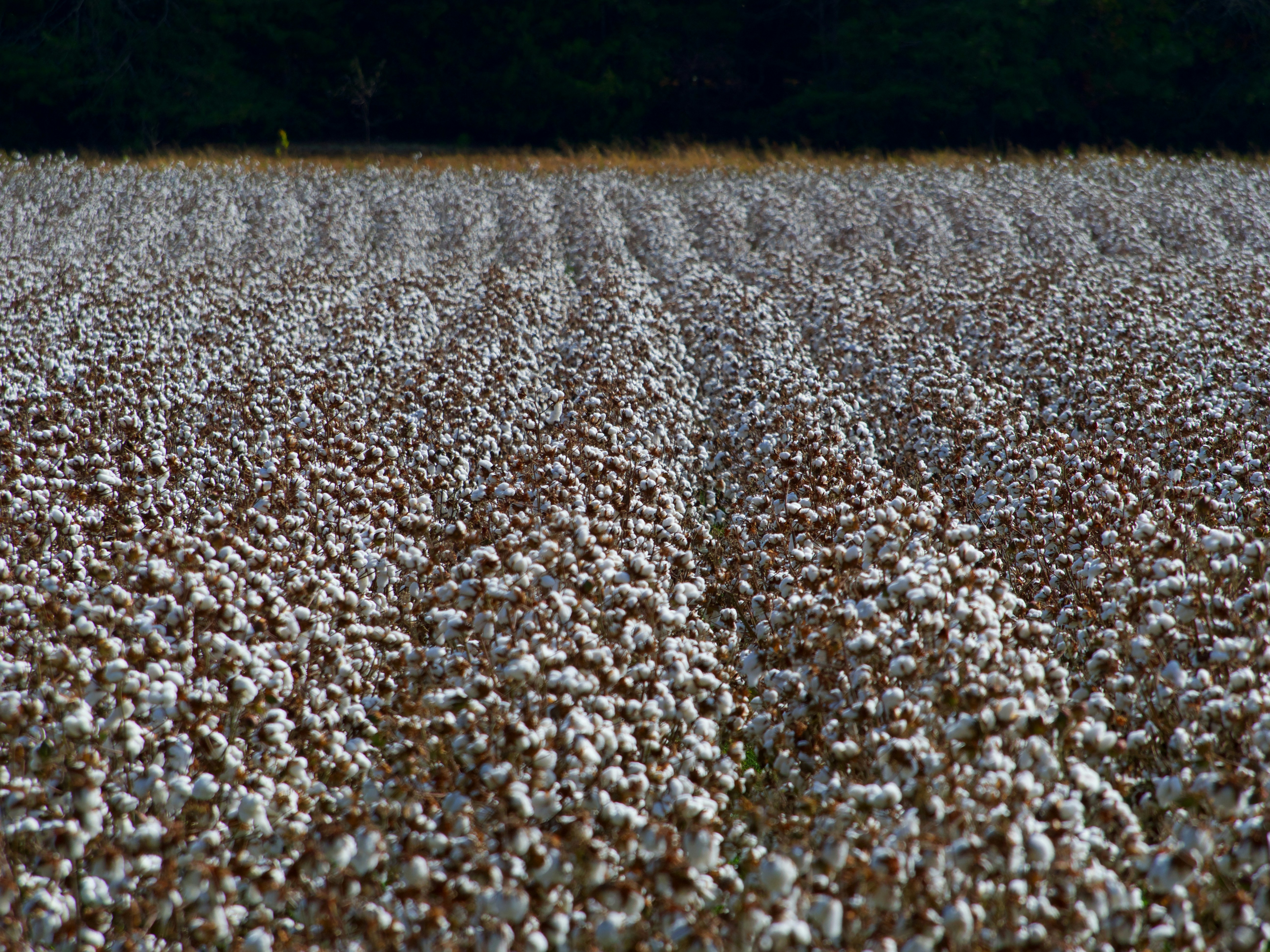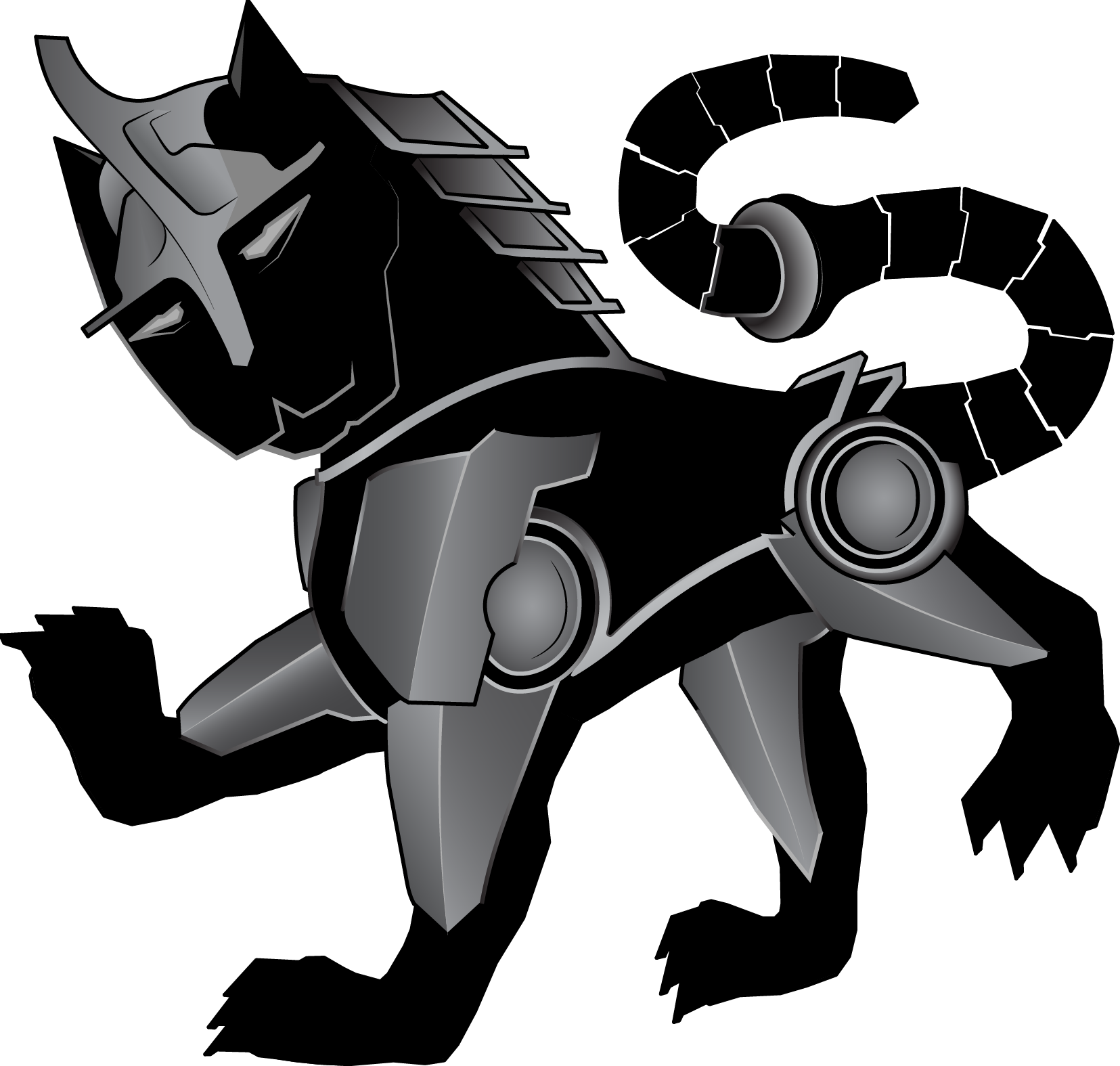
Drone Technology in Pest Control in Cotton Agriculture
Pests in cotton agriculture can have serious negative effects on yield and quality. Therefore, effective and timely pest control is crucial. The Baibars CT33s and CT50s models provide an effective solution for pest control in cotton farming, enabling precise chemical applications.
1. Cotton Aphid (Aphis gossypii Glov.)
Chemical Control Methods:
- Aphids can be observed throughout the entire vegetation period of the field.
- Control should be conducted by calculating the economic injury threshold during the key development and boll formation stages.
- Key Development Period: Control is recommended if a 50% infestation rate is detected during biweekly checks.
- Boll Formation Period: Spraying should be performed when the infestation reaches 25 individuals per leaf.
2. Tobacco Thrips (Thrips tabaci L.)
Chemical Control Methods:
- Avoid unnecessary spraying, and do not apply treatments if natural enemies are present.
- When cotton seedlings have 1–3 true leaves, and 1 pest (larvae + adults) is found per leaf, chemical control can be initiated.
3. Cotton Leafhoppers (Empoasca decipiens, Asymmetrasca decedens)
Chemical Control Methods:
- Spraying should be done when 10 nymphs or adults are found per leaf.
- Avoid unnecessary spraying during early stages when beneficial species dominate.
4. Two-Spotted Spider Mite (Tetranychus urticae Koch)
Chemical Control Methods:
- Pests usually concentrate on the field edges, where strip spraying can be applied.
- If the infestation spreads across the field, the economic injury threshold is set at 10 individuals per leaf.
5. Tobacco Whitefly (Bemisia tabaci Genn.)
Chemical Control Methods:
- Economic injury threshold: 5 adults or 10 larvae per leaf.
- Spraying should be performed using effective nozzle sets on the underside of the leaves.
6. Defoliant (Boll Opener/Leaf Shedding) Applications
- Defoliant effect in cotton plants is observed after 40% boll opening.
- Spraying should be done early in the morning and before dew formation.
- Incorrect dosage can cause phytotoxic effects on plants.
baibars CT33s and CT50s Drone Usage in Pest Control
Application Parameters:
-
baibars CT33s:
- Height: 2.5–3.0 meters
- Working Width: 7.0 meters
- Speed: Average 6–7 m/s
-
baibars CT50s:
- Height: 3.5–4.5 meters
- Working Width: 7.5–8.0 meters
- Speed: Average 6–7 m/s
Important Considerations:
- Spraying should be done at the right time based on pest physiology.
- Early morning or evening hours with cooler temperatures should be preferred.
- Spraying should be carried out in windless conditions.
- A jar test should be performed to avoid the risk of clumping in mixtures.
Conclusion
Drone technology offers an environmentally friendly and efficient solution for pest control in cotton farming. When used with the correct parameters, the Baibars CT33s and CT50s models not only enhance efficiency but also maximize the effectiveness of agricultural chemicals, contributing to improved crop yields and quality.
